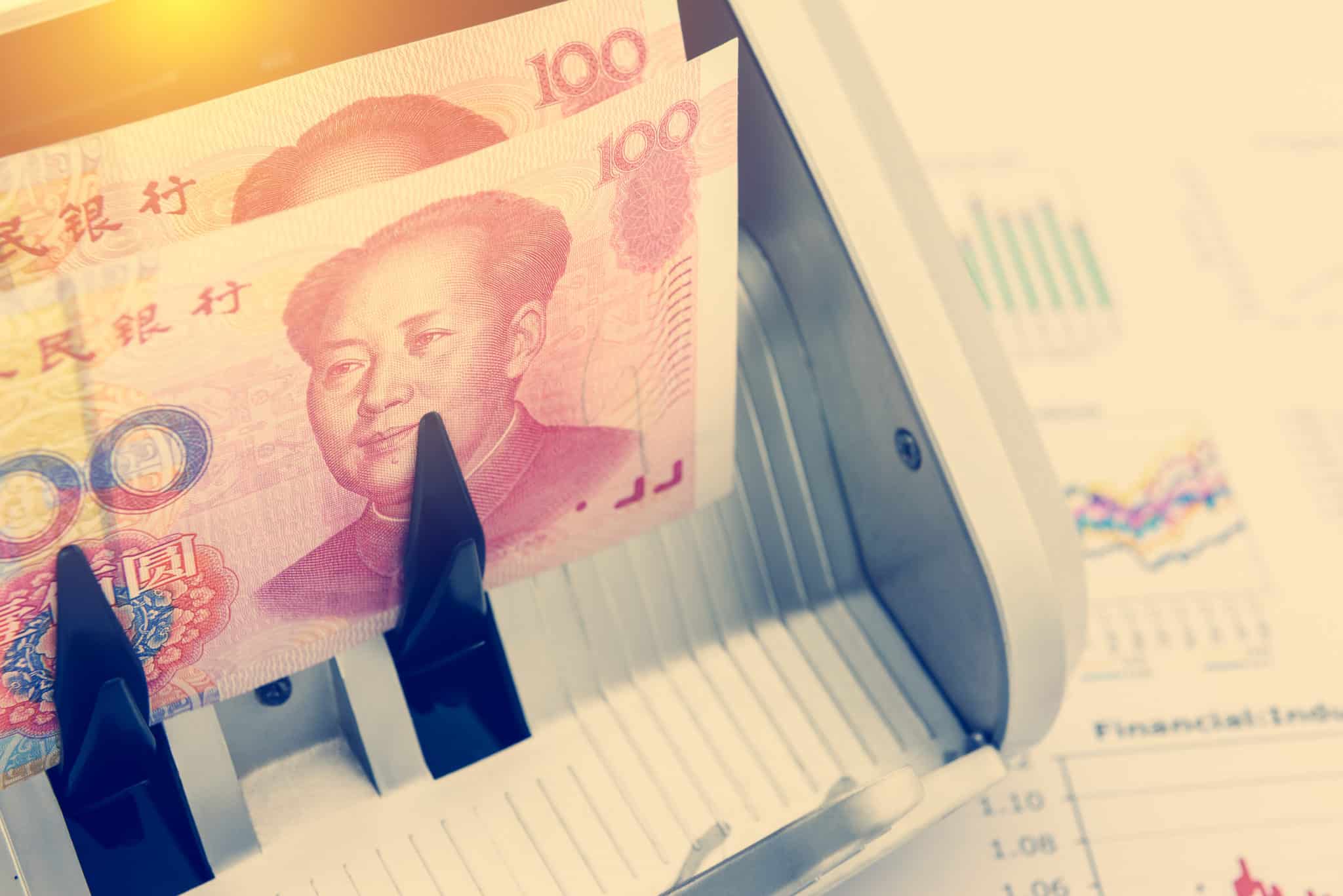
China’s Manufacturing PMI Rose in March
On Tuesday, the Chinese government said it’s official Purchase Managers Index (PMI) was 52.0 – beating expectations of a contraction due to the coronavirus pandemic.
Analysts expected the official PMI to come at 45 in March as the official PMI hit a record low of 35.7 in February.
A PMI reading of 50 and above indicates expansion and below that shows a contraction.
The National Bureau of Statistics in China announced the official PMI reading, noting continued improvement in managing the COVID-19 pandemic.
They also said there was a significant acceleration in the resumption of production.
The bureau added that sub-indices for production, employment, and new orders expanded.
The bureau attributed the expansionary PMI reading to the low base in February. However, he cautioned that it did not mean that China’s economic activities had returned to normal levels.
Earlier this year, the Chinese government instituted large-scale lockdowns and quarantine to contain the virus. The move dramatically slowed manufacturing activity.
Qian Wang said PMI reading in March was expected as activity improved in the same month. Wang in the Asia Pacific chief economist at Vanguard Investment Strategy.
Wang told the CNBC that, in February, the Chinese economy was at a stand at a standstill, and that it doesn’t take much to rise from such low levels.
Defying Expectations of a Contraction
Although PMI reading in March was in the expansionary zone, it was just a few points above 50. The reading indicates a modest recovery and gradual resumption to economic activity.
According to Wang, the country is still experiencing a significant drag. It reflects the deteriorating global outlook and depressed domestic demand – especially the consumer space.
Wang expects 1% to 2% GDP growth for China this year with some recovery in the second half of 2020. As the global economy recovers, there will be pent up demand, which will boost Chinese recovery.
On Tuesday, economists at Nomura said in a note after the release of the PMI reading that the average of the Feb and March manufacturing PMIs is only 43.9. It is still below its pre-COVID-19 average of around 50.
Thus, they view a jump in both the manufacturing and non-manufacturing PMIs in March as a one-off grain from the shallow comparison base in February.
The official Chinese non-manufacturing PMI rose to 62.3 in March compared to 29.6 in February.
Economists are still skeptical
Economists at Nomura said the headwinds of the second wave of infections and slumping external demand are downside risks that could lead to tens of millions of job losses in China.
According to economists, the seemingly strong readings in the March PMIs don’t mean Beijing will be complacent.
On the contrary, they think Beijing is aware of the dire situation. Thus, it will step up financial relief and stimulus in the coming weeks.
According to Wang of Vanguard, the Chinese government has likely accepted that the pandemic will likely hit its economic growth this year.
Wang added that China was willing to trade off some of that as long as there was social stability.
Wang said as long as we had some social stability, that was what the Chinese policymakers feared the most rather than just growth numbers.
According to China’s Ministry of Industry and Information Technology, the resumption of the work rate for larger industrial enterprises was at 98.6% as of March 28. The return of workers stood at 89.9%
Caixin and IHS Markit will release a private PMI survey on Wednesday.
The Caixin/Markit survey includes a larger mix of both small and medium-sized companies.
The larger proportion of the official PMI survey is of big businesses and state-owned firms.




